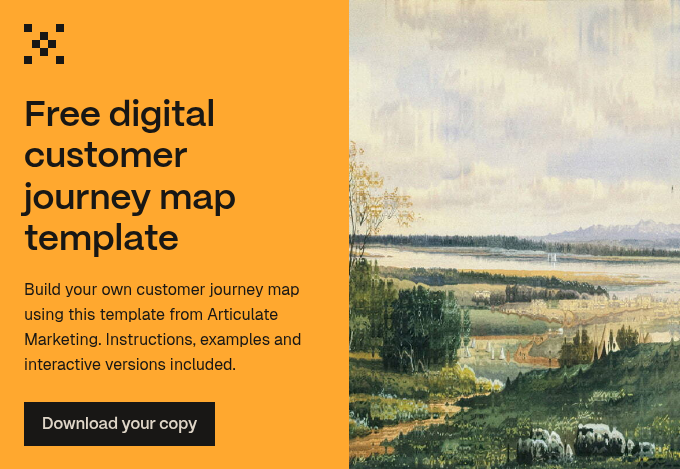You can’t create effective goals without two things: context and data. An industry analysis provides both.
When you are thinking about your mission in context, based on accurate data, you are less likely to let ambition overrule reality. Ergo, you’re more likely to make better decisions that differentiate your business now, and in the future.
Write what you know
First of all, it’s safe to assume you already have considerable insight when it comes to your sector, how it operates, who the customers are, who your competitors are, etcetera. Sir Terry Pratchett, a prolific novelist, once said that ‘the first draft is telling yourself the story’. Do that. Tell yourself the story. Get those thoughts down on paper. For example:
‘The Fintech industry is experiencing a boom due to advancing technologies and the changing economic landscape. We’re in the middle of the pack for personal finance apps aimed at frontline workers, who desperately need transparency when it comes to money management.’
Talk to people
Then, talk to other people in your business. Gather their thoughts, too. Look for gaps or discrepancies. Be aware that some of this information may have been correct once, but is no longer accurate. Accept that you may have a biased view of your business’s position in your industry.
Do desk research
Now, do the desk research. Let’s consider what information you’re looking for. Try to find the answers to these kinds of questions:
- What is the current market size in terms of total addressable market (TAM) and are there any local variations or anomalies?
- What is your business’s share of that TAM, i.e. what is your penetration rate as a percentage?
- What is the average value per customer, and therefore, based on your penetration rate, what is the current market value for your business?
- What is the forecasted growth of the sector overall over the next year, and three-five years?
- Is the market growing at a faster or slower rate compared to previous years? How does that compare to the wider economic picture? Are there other industries that are growing at a faster rate (and why)?
- Who are your main competitors based on company size, location, or other factors? (Try to find at least ten.)
- Are you certified, vendor-partnered or otherwise part of any groups of businesses? How many other organisations share those partnerships or certifications?
- Are there recent changes in buying behaviour that you should be aware of? Is there any evidence that certain marketing methods (such as online adverts) or messages are not likely to resonate with your audience?
- Is anything changing in legislation around marketing or your sector specifically that could impact your strategy? (For example, GDPR.)
- What evidence shows the viability of your products or services in the here and now? What about the next five years?
Don’t stop there. Keep digging when you find something interesting. It could reveal new opportunities, new strategies. Of course, although you can — and probably will — simply Google a lot of this information (or ask AI software such as ChatGPT), make sure you’re using reliable sources, such as:
Document and share the results
Think of this exercise as a small research project that you conduct on a regular basis, every year or every few years. It will help you figure out which way the wind is blowing. We recommend documenting your findings as a short report or presentation deck to refer back to and to share with stakeholders.

 Posted by
Maddy Leslie
Posted by
Maddy Leslie






